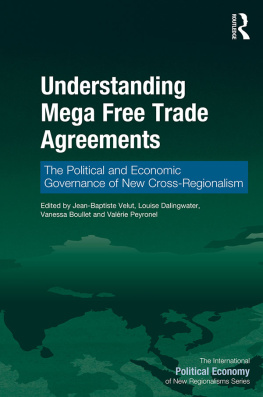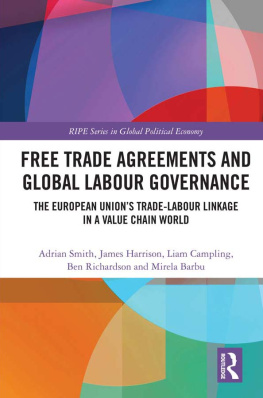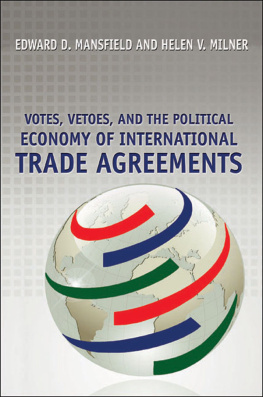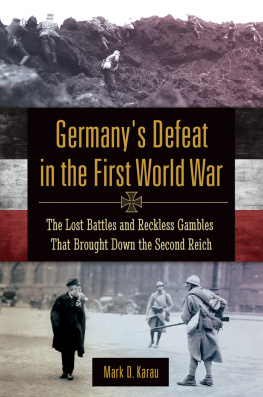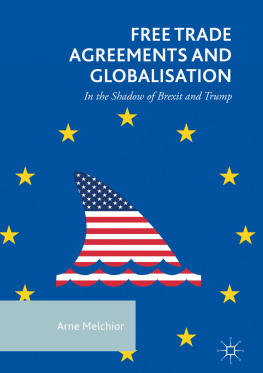WORLD WAR II

Published in 2017 by Britannica Educational Publishing (a trademark of Encyclopdia Britannica, Inc.) in association with The Rosen Publishing Group, Inc.
29 East 21st Street, New York, NY 10010
Copyright 2017 by Encyclopdia Britannica, Inc. Britannica, Encyclopdia Britannica, and the Thistle logo are registered trademarks of Encyclopdia Britannica, Inc. All rights reserved.
Rosen Publishing materials copyright 2017 The Rosen Publishing Group, Inc. All rights reserved.
Distributed exclusively by Rosen Publishing.
To see additional Britannica Educational Publishing titles, go to rosenpublishing.com.
First Edition
Britannica Educational Publishing
J.E. Luebering: Executive Director, Core Editorial
Anthony L. Green: Editor, Comptons by Britannica
Rosen Publishing
Alisha Bains: Editor
Nelson S: Art Director
Matt Cauli: Designer
Cindy Reiman: Photography Manager
Bruce Donnola: Photo Researcher
Library of Congress Cataloging-in-Publication Data
Names: Bains, Alisha.
Title: World War II / edited by Alisha Bains.
Other titles: World War 2 | World War Two
Description: First edition. | New York : Britannica Educational Publishing in association with Rosen Educational Services, 2017 New York. | Series: A political and diplomatic history of the modern world | Audience: Grades 7 to 12. | Includes bibliographical references and index.
Identifiers: LCCN 2016003769 | ISBN 9781680483529 (eBook)
Subjects: LCSH: World War, 19391945Juvenile literature.
Classification: LCC D743.7 .W6713 2017 | DDC 940.4dc23
LC record available at http://lccn.loc.gov/2016003769
Contents
CHAPTER 1
THE ORIGINS OF WORLD WAR II, 192939
CHAPTER 2
THE OUTBREAK OF WAR
CHAPTER 3
THE WAR IN EUROPE, 193941
CHAPTER 4
OTHER FRONTS, 194041
CHAPTER 5
DEVELOPMENTS FROM AUTUMN 1941 TO AUTUMN 1943
CHAPTER 6
THE FINAL SOLUTION
CHAPTER 7
DEVELOPMENTS FROM AUTUMN 1943 TO SUMMER 1944
CHAPTER 8
DEFEAT OF THE AXIS POWERS
CHAPTER 9
COSTS AND AFTERMATH OF THE WAR
A long with World War I, World War II was one of the great watersheds of 20th-century geopolitical history. It resulted in the extension of the Soviet Unions power to nations of eastern Europe, enabled a Communist movement to eventually achieve power in China, and marked the decisive shift of power in the world away from the states of western Europe and toward the United States and the Soviet Union.
The war involved virtually every part of the world during the years 193945. The principal belligerents were the Axis powersGermany, Italy, and Japanand the AlliesFrance, Great Britain, the United States, the Soviet Union, and, to a lesser extent, China. The war was in many respects a continuation, after an uneasy 20-year hiatus, of the disputes left unsettled by World War I. The 40,000,00050,000,000 deaths incurred in World War II make it the bloodiest conflict, as well as the largest war, in history.
By the early part of 1939 the German dictator Adolf Hitler had become determined to invade and occupy Poland. Poland, for its part, had guarantees of French and British military support should it be attacked by Germany. Hitler intended to invade Poland anyway, but first he had to neutralize the possibility that the Soviet Union would resist the invasion of its western neighbour. Secret negotiations led on August 2324 to the signing of the German-Soviet Nonaggression Pact in Moscow. In a secret protocol of this pact, the Germans and the Soviets agreed that Poland should be divided between them, with the western third of the country going to Germany and the eastern two-thirds being taken over by the U.S.S.R.
Having achieved this cynical agreement, the other provisions of which stupefied Europe even without divulgence of the secret protocol, Hitler thought that Germany could attack Poland with no danger of Soviet or British intervention and gave orders for the invasion to start on August 26. News of the signing, on August 25, of a formal treaty of mutual assistance between Great Britain and Poland (to supersede a previous though temporary agreement) caused him to postpone the start of hostilities for a few days. He was still determined, however, to ignore the diplomatic efforts of the Western powers to restrain him. Finally, at 12:40 PM on Aug. 31, 1939, Hitler ordered hostilities against Poland to start at 4:45 the next morning. The invasion began as ordered. In response, Great Britain and France declared war on Germany on September 3, at 11:00 AM and at 5:00 PM, respectively. World War II had begun.

A World War II memorial in Washington, D.C., honours the millions of Americans who contributed to the war.
How could the Axis powers have imagined that they might win the war, given their narrow base of land area, population, and production and the size and strength of the enemies they themselves forced into the war? The answer was blitzkrieg, which involved more than simply a set of tactics for mobile combat but was rather an encompassing theory of total war. The theory posited a strategically mobilized and organized economy meant to avoid a repetition of the war of attrition that wore Germany down in 191418. By overrunning their neighbours one by one in swift assaults, the Germans constantly added to their own manpower and resource base while shrinking that available to the enemy. In addition, armament in breadth rather than depth provided the flexibility necessary to shift production from one set of weapons to another depending on the needs of the next campaign, and it permitted constant innovation of weapons systems. Most tellingly, blitzkrieg shifted the burdens of war from Germany to the conquered peoples. By June 1940 the British were unable to budge a Nazi empire that drew on the resources of the entire continent. But Hitler also realized by late 1940 that all the resources of the United States would eventually be made available to Britain, hence his decision to break the stalemate by unleashing blitzkrieg against the Soviet Union. Soviet survival, however, turned the blitzkrieg into a gigantic war of attrition after all, one in which Germany could never prevail.
Cut off from foreign sources of capital, Germany paid for World War II through taxes and ruthless exploitation of occupied regions. Levies on conquered peoples amounted to 40 percent of the income raised by internal taxation, and 42 percent of that tribute came from France. The number of slave labourers deployed by various arms of the regime peaked at 7,100,000 in 1944; this figure included prisoners of war and racial enemies condemned to slavery until death in camps run by the SS, the black-uniformed elite corps and self-described political soldiers of the Nazi Party.
Seen only in cold economic terms, Nazi genocide against Jews and other groups, racially or ideologically or otherwise defined, was the height of irrationality. As early as January 1939 Hitler gave vent to his pathological hatred and fear of the Jews before the Reichstag: If the international Jewish financierssucceed in plunging the nations once more into a world war the result will be the obliteration of the Jewish race in Europe. The war gave Hitler the opportunity to seek a final solution. In 193940 the Nazis considered using Poland or Madagascar as dumping grounds for Jews. But the invasion of the U.S.S.R. emboldened Hitler, Nazi Party leader Hermann Gring, and SS leaders Heinrich Himmler and Reinhard Heydrich to decide instead on mass extermination in camps at Belzec, Majdanek, Sobibor, Treblinka, and Auschwitz. Large numbers of SS troops, as well as railroads and rolling stock, were absorbed in capturing, transporting, and putting to death as many as 12,000 Jews per day. The total by wars end would reach 6,000,000, almost half from Poland, and some 2,000,000 others including Gypsies, clergy, Communists, and other resisters. SS troops accompanied the regular army into the Soviet Union in 1941 and made racial war on the Slavs as well in order to prepare the farmlands of Ukraine for German settlement.




